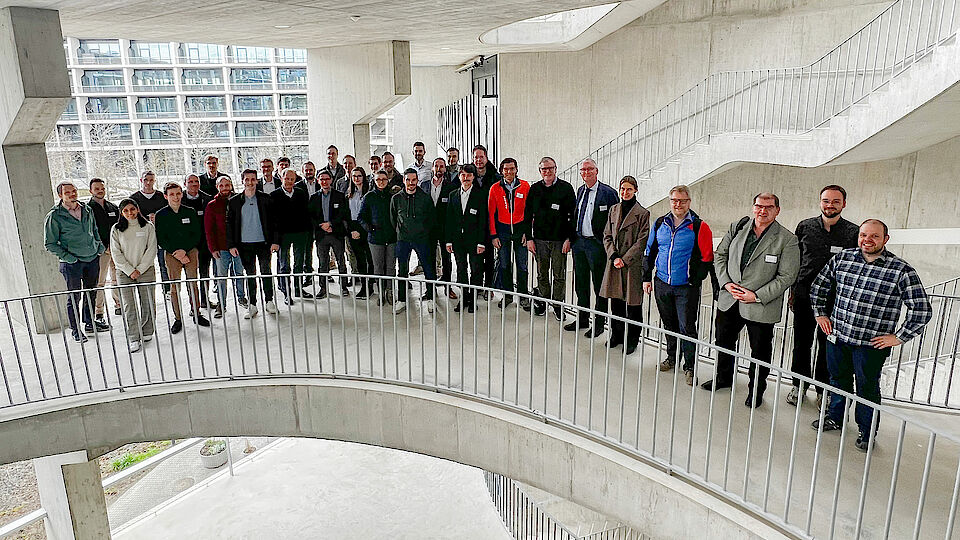Annual Meeting of the DACH section of IFToMM held at the DBE

On 16 and 17 March, the first major symposium took place in the new premises of the DBE. Under the leadership and patronage of Prof. Georg Rauter, 40 people met for the annual meeting of the German-speaking countries of the International Federation for the Promotion of Mechanism and Machine Science (IFToMM).
In his keynote address, Dr. John Morrell, distinguished engineer at Apple, emphasized the persistent importance of creating good machines and mechanical designs. This, he said, requires a willingness to embrace and value human nonlinearity not as an onerous obligation, but as the very core of the task.
Other presentations focused on biomechanical systems, kinematic analysis and synthesis, transmission technology, vehicle and transport systems, vibration technology and machine dynamics, tribology, micromechanical systems, multibody systems, robotics and mechatronics, rotor dynamics, safety and reliability, sustainability, resource and energy efficiency.
The International Federation for the Promotion of Mechanism and Machine Science, IFToMM for short, was founded in 1969. It is one of the largest international associations in the field of theoretical and practical research into mechanisms and machines and their application in industry and practice. Through its international networking, IFToMM offers young researchers and developers in particular an ideal platform to cooperate with colleagues from all over the world in this promising field.
Germany, Austria, and Switzerland have traditionally always played an active role at all levels of the IFToMM's research areas. Mechanical engineering, electrical engineering, information technology, and microtechnology are also core competencies of the industries of these three countries. The purpose of this conference is to make these activities more visible to the community of German-speaking scientists and at the same time to provide a forum for the presentation and discussion of research projects and research hypotheses in a collegial atmosphere. In addition, it is intended to provide young scientists with an opportunity for better networking and for identifying collaborative projects and finding partners in their own language area.
More:
- IFToMM World
- IFToMM DACH
- Georg Rauter’s BIROMED-Lab
